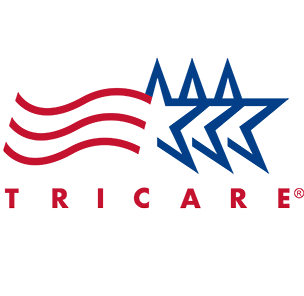- 6957 W Plano Pkwy, Suite 2100, Plano, TX 75093


MeRT(sm) stands for Magnetic Resonance Therapy. MeRT is a treatment for autism that is non-invasive and drug-free. MeRT utilizes rTMS (repetitive Transcranial Magnetic Stimulation), however, treatment is exactly tailored to each individual based on sophisticated diagnostics. These diagnostics include a qEEG (a quantitative Electroencephalogram) and an EKG (an Electrocardiogram) followed by an in-depth analysis to formulate an individualized treatment plan for each patient.
The qEEG allows us to see patterns that identify specific disorders of the brain, such as learning and behavioral issues, emotional disorders, brain injury, and others. The qEEG done on each patient provides us with a map that guides each individually tailored treatment plan. The equipment used for treatment with MeRT is FDA-cleared. It generates magnetic waves, used to gently stimulate specifically targeted areas of the brain to improve connectivity and function. MeRT Treatment protocols have seen some incredible success in improving symptoms of Autism Spectrum Disorder such as speech improvements, eye contact, and connection.

We first detect the unique frequency pattern occurring within each individual's brain during a quick 10-minute EEG Recording Session. This EEG pattern differs from person to person based on their neurophysiology and current cognitive condition.
Step 1:
We first detect the unique frequency pattern occurring within each individual's brain during a quick 10-minute EEG Recording Session. This EEG pattern differs from person to person based on their neurophysiology and current cognitive condition..
Step 2:
Your eeg recording is sent to Wave Neuroscience’s cloud platform where it is processed against a database of >30,000 eeg recordings. Your digital brain image is converted into an easy to interpret report, complete with deep insight and age & gender matched comparisons.
If we identify areas of the brain that are not functioning properly, partners can use that report to generate a patient specific care protocol and track progress over time.
Step 3:
If the report indicates you can benefit from personalized brain stimulation, a protocol is generated based on the eeg recording data and can be delivered via in-clinic therapy, called MeRT. Brain Stimulation sessions occur daily, 5-days per week for approximately 30 minutes over one month. During this time, your personalized protocol is used to prompt brain activity into a more synchronized state.
Step 4:
After a few weeks you'll receive another 10-minute, eyes-closed recording to assess changes in eeg activity resulting from Brain Stimulation.
This care is objectively measured and managed using sequential recordings every 10 days and with clinical progress measured through a variety of 3rd party neurocognitive assessments, questionnaires, and instruments.
The initial qEEG done on every patient allows us to see patterns that identify specific disorders of the brain, such as learning and behavioral issues, emotional disorders, brain injury, and others. The qEEG done on each patient provides us with a map that guides each individually tailored treatment plan. MeRT TMS has been shown to help all of the above disorders.
Give us a call at 214 305-8004 or request a consultation and qEEG with us to learn if MeRT TMS could be right for you.

We support our Veterans and War Heroes








